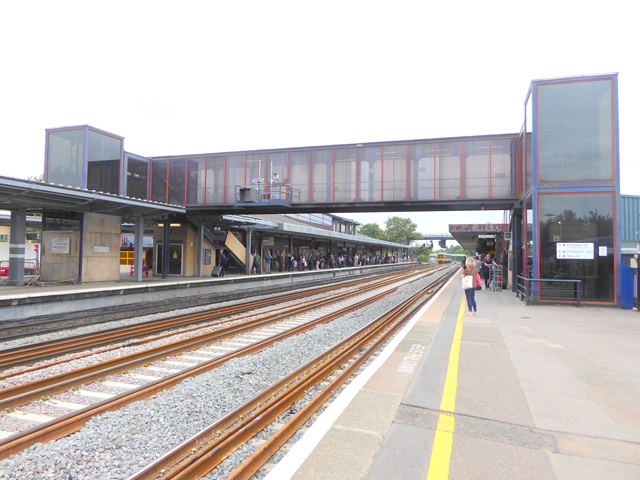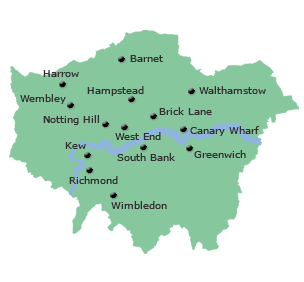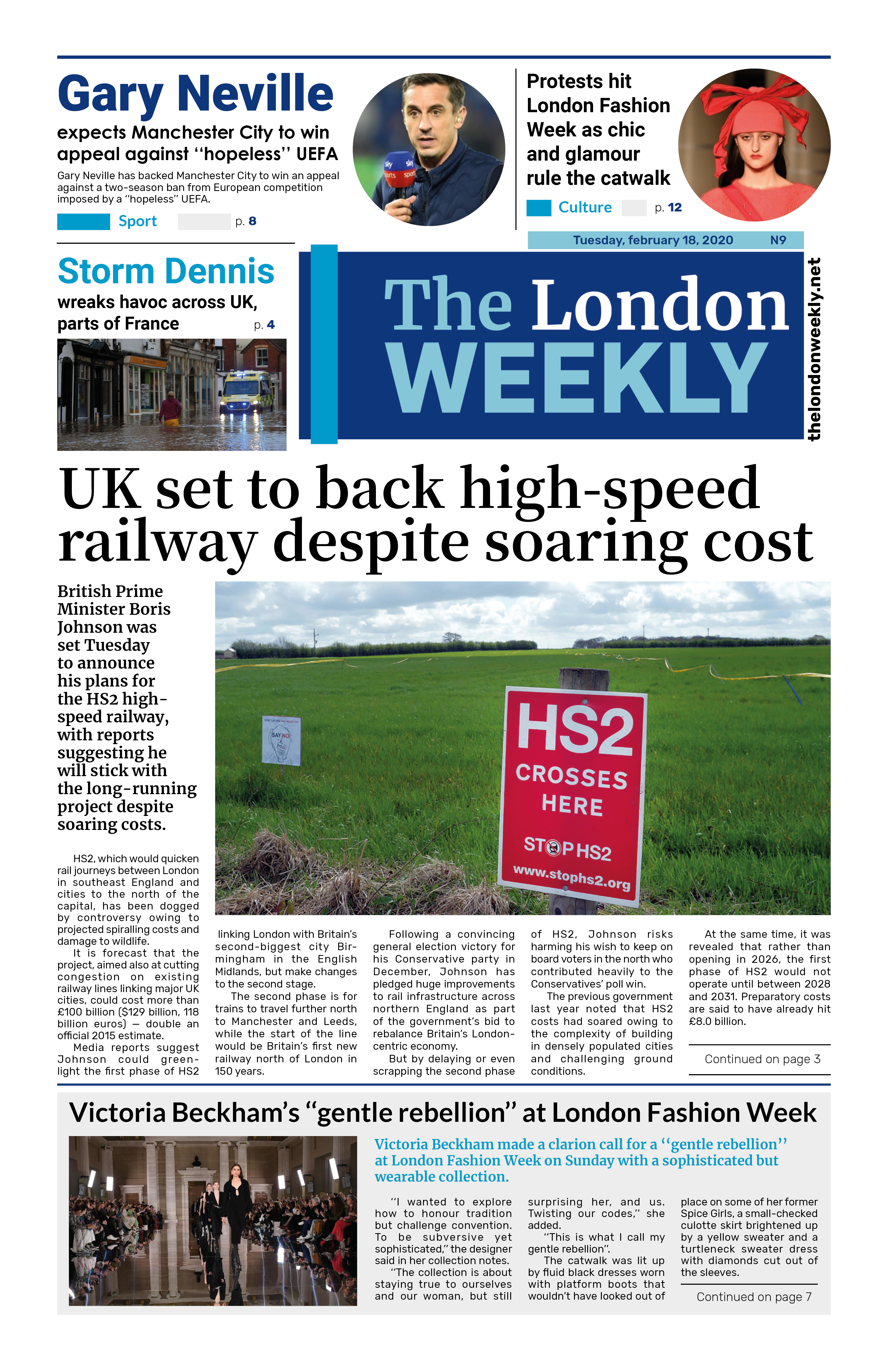
The UK government has committed an additional £2.5 billion to East West Rail (EWR), the ambitious project aimed at connecting Oxford and Cambridge by rail. Chancellor Rachel Reeves
announced the funding during her first spending review in Parliament, signalling renewed momentum for a scheme that has long faced delays and political uncertainty.
Investment Aimed at Boosting Growth and Connectivity
Reeves confirmed the funding during her speech on June 11, noting strong support from local MPs in Milton Keynes, Bletchley, and Buckingham. “To connect Oxford and Cambridge and support Milton Keynes’ thriving tech sector, I am providing a further £2.5 billion for East West Rail,” she told the House of Commons.
The new investment is part of a broader government strategy to develop the Oxford-Cambridge Growth Corridor—an area already rich in innovation, anchored by two world-renowned universities and a growing technology sector. A policy paper released alongside the Chancellor’s statement highlighted EWR as a cornerstone of this vision, aimed at supporting economic growth, new housing, and improved regional transport links.
East West Rail: an overview
Originally proposed over two decades ago, the East West Rail project is expected to cost at least £5 billion and includes both upgrading existing railway lines and constructing new routes. The project is being delivered in four stages:
Oxford to Bicester upgrade – Completed in 2016.
Bicester to Bletchley restoration – Due to open later this year.
Bletchley to Bedford refurbishment – Scheduled for completion by 2030.
Bedford to Cambridge new line – Still in the planning phase.
The most complex and costly element is the Bedford–Cambridge section, which includes two entirely new stations at Cambourne and Tempsford. Trains will approach Cambridge from the south, and the new station at Tempsford—now fast-tracked by up to five years—will serve as a key interchange with the East Coast Mainline.
Strategic benefits for jobs, housing, and the economy
The railway is designed to support the government’s goal of delivering 1.5 million new homes, particularly by unlocking land for development along the route. It also promises to ease road congestion, connect communities, and attract new business investment to the region.
Notably, the area around Tempsford is being considered for a new town that could eventually house up to 350,000 residents—surpassing the population of both Cambridge and Oxford. This ambitious housing proposal reflects the government’s intent to position the corridor as a major engine of UK growth.
Reviving the Oxford-Cambridge Arc
EWR serves as the backbone of the Oxford-Cambridge Arc, a broader regional development strategy originally launched in 2003 and shelved by the previous Conservative administration in 2021. The current government has made it clear that it intends to push forward with the plan.
Speaking earlier this year, Reeves described the corridor as having the potential to become “Europe’s Silicon Valley.” To support this vision, the government has appointed Sir Patrick Vallance, former Chief Scientific Adviser, as the Oxford-Cambridge Growth Corridor Champion.
“The UK has the potential to replicate the success of Silicon Valley,” Vallance said. “But it needs long-term planning and cohesive infrastructure to join up academia, investors and industry.”
Local concerns and controversies
Despite its potential benefits, the EWR project has faced significant local opposition. In Bedford, dozens of homes near the proposed new line are at risk of demolition or compulsory purchase. While the number of properties affected has been reduced, concerns persist.
Plans to relocate Bedford St Johns station closer to Bedford Hospital have also sparked debate, though project leaders insist the move is necessary to meet future service levels. Affected residents will be offered support, and EWR says it remains committed to minimising disruption.
Critics such as William Harrold, founder of the Cambridge Approaches thinktank, remain sceptical. “This was shelved for good reason,” Harrold said. “Low-density developments don’t generate the economic benefits people expect. Cities do that. This railway may struggle to attract enough passengers.”
A project reignited – but challenges remain
With firm political backing and a major funding boost, East West Rail is poised to become a transformative link in the UK’s transport infrastructure. If successful, it could unlock new housing, support job creation, and enhance regional connectivity across one of the UK’s most dynamic areas.
However, balancing long-term national goals with the concerns of affected local communities will be crucial. The government must now prove it can deliver on its vision—without leaving those in its path behind. Photo by Station bridge, Oxford Station by Oliver Dixon, Wikimedia commons.



































